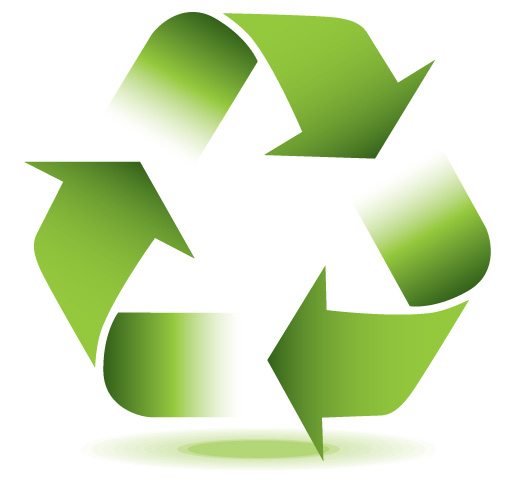VC Star
December 8, 2024
Christmas trees have something in common with trees cut to make paper: Replacing them with other materials does not really save trees.
Both types of trees are grown on managed land, essentially tree farms, and few of these sites would exist were it not for the market demand caused by the purchase of Christmas trees and paper. Although some of these sites are on land that was formerly forested, and imported paper may create market demand that could result in new land being cleared for more tree farms, trees consumed from domestic sources result in more trees being planted.
The Hagle Tree Farm in Somis provides a good example. Somis has not been a forest since the retreat of the Pleistocene epoch’s ice sheets. Nevertheless, the farm’s rolling land sprouts a small forest of Monterey pines and Arizona blue cypress. Those trees exist only because many Ventura County residents want an opportunity to choose and cut a Christmas tree. At the farm, only trees at least 4 feet tall may be cut, with the rest saved for the following year’s harvest.
The farm charges $50 for the opportunity to cut and bring home a 4-foot tree, and the charge rises at a rate of $10 per additional foot. Like most local Christmas tree lots, Hagle Tree Farm also sells precut trees from Oregon and Washington. Those Noble firs and Nordman firs start at 5 feet, which costs $70. The tallest category is 10 feet, which sells for $250.
For about 10,000 local buyers per year, the annual choice is Big Wave Dave’s, with locations in Ventura, Camarillo, Moorpark and Santa Barbara. The owner, Dave Lindren, supplies these sites with trees from his farm in Washington. Lindren acknowledges the environmental impact of trucking, but he points out, “Transportation pollution is tiny compared to the benefits of growing a tree, which sucks carbon out of the air and produces oxygen.”
Besides the fuel consumption and air pollution of transporting trees from the Pacific Northwest to Ventura County, the environmental impact of cut trees includes water used for irrigation, energy required for harvesting and potential soil depletion and erosion. In the case of the Hagle Tree Farm, the outgoing message on the farm’s voicemail says their trees are “pesticide free,” so that additional environmental impact does not apply in this case, but it may apply to other trucked trees.
However, the environmental consequences of cut trees pale in comparison to the environmental impacts of a plastic tree, according to the Omni Calculator’s Christmas tree footprint page.
Plugging in data I considered typical for Ventura County, the calculator concludes consumption of a cut tree would generate just over 5 pounds of carbon dioxide equivalent per year, while an artificial tree would generate nearly 70 pounds per tree. This means an artificial tree would have to be reused more than 13 times to bring its carbon impact down to the level of a tree trucked to Ventura County from Washington.
The Omni Calculator includes consideration of another category of environmental impacts from cut Christmas trees. Each year, the tree must be discarded. If discarded in a landfill, the tree will rot in the absence of oxygen, creating methane gas, which is far more potent than carbon as a climate changing pollutant.
Fortunately, in Ventura County, the alternative to an artificial tree is not a tree destined for a landfill. After Christmas, used trees may be cut apart and recycled along with yard clippings, food scraps and lumber in curbside yard waste carts. Several drop-off sites will also be available for businesses and others who do not have curbside yard waste service.
Although it does not save a tree, recycling paper or reusing an artificial tree enough times to overcome its environmental cost has different advantages. Recycling and reuse conserve resources, reduce pollution and save energy in manufacturing or farming processes. Recycling and reuse also improve a local economy by replacing the cost of landfilling with the benefit of producing useful materials.
David Goldstein, an environmental resource analyst with the Ventura County Public Works Agency, can be reached at 805-658-4312 or david.goldstein@ventura.org.







